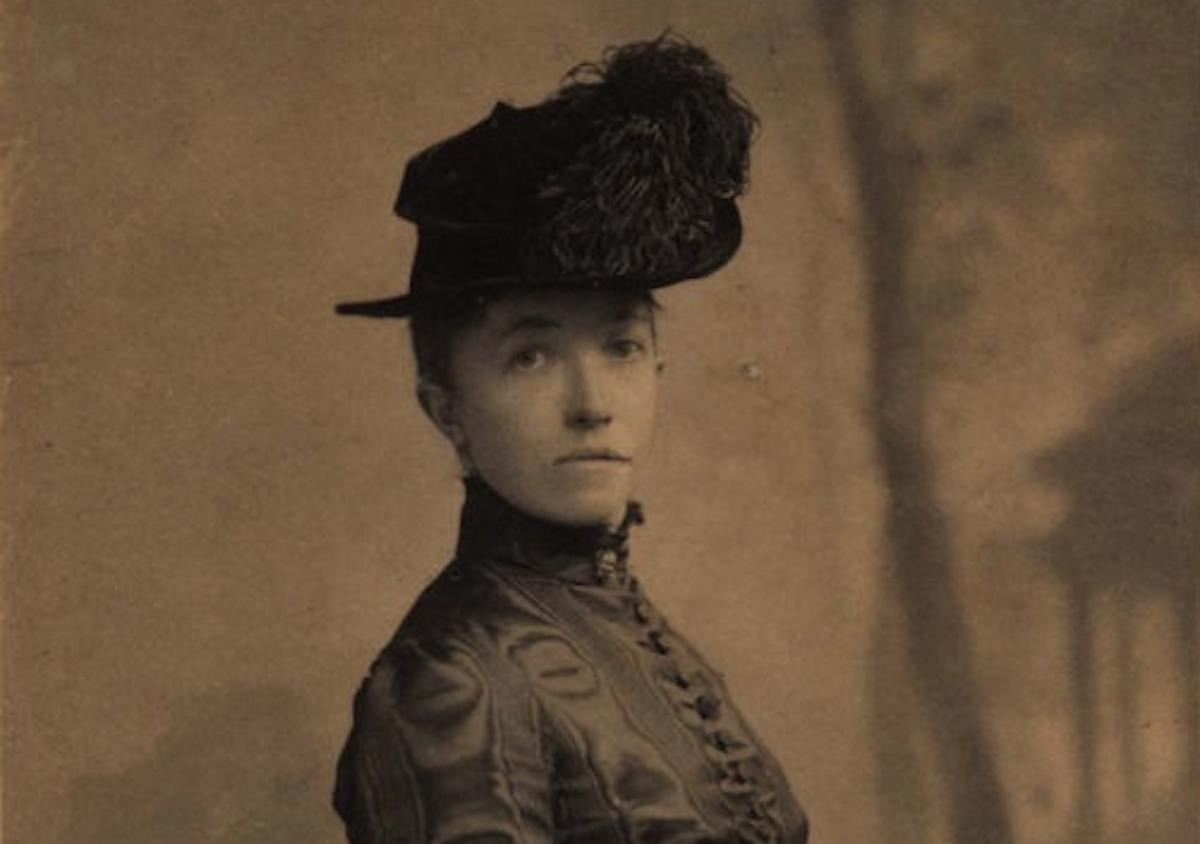Intelligent and curious, Stewart Gardner had an eye and passion for art and design. She quickly became involved with artists and intelligentsia, hosting dinner parties, salons, and lectures. Inspired to join the Dante Society by Harvard’s first art history professor, Charles Eliot Norton, she began collecting rare books and manuscripts in 1878 and began seriously collecting paintings in 1881. Her collections also included sculptures, tapestries, furniture, and decorative arts.
On an 1886 visit to Venice, they met preeminent Renaissance authority Bernard Berenson, who became Stewart Gardner’s chief art purchase advisor. Berenson helped her become the first American to purchase a Sandro Botticelli. Stewart Gardner also developed long-term connections with numerous contemporary artists, many of whom she mentored.


























![DEl Kathryn Barton [Australian b. 1972] the more than human love , 2025 Acrylic on French linen 78 3/4 x 137 3/4 inches 200 x 350 cm Framed dimensions: 79 7/8 x 139 inches 203 x 353 cm](/sites/default/files/styles/image_5_column/public/ab15211bartonthe-more-human-lovelg.jpg?itok=wW_Qrve3)



